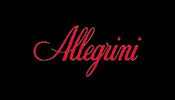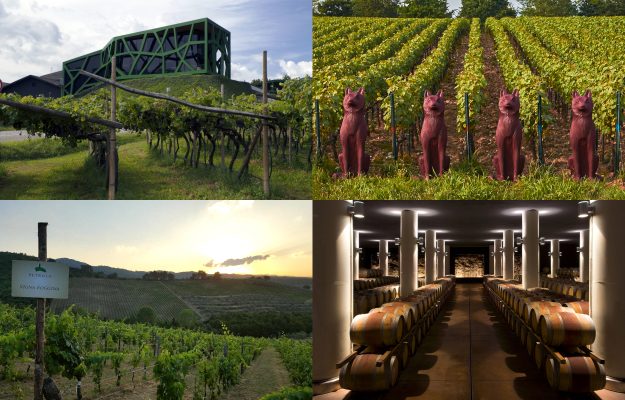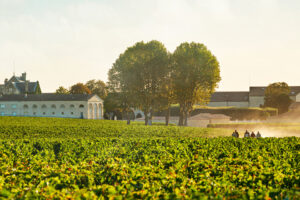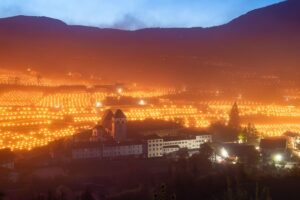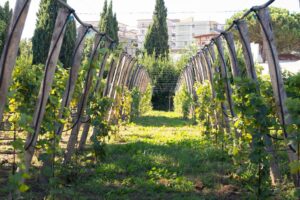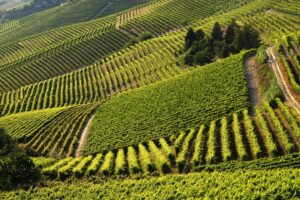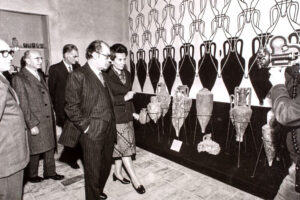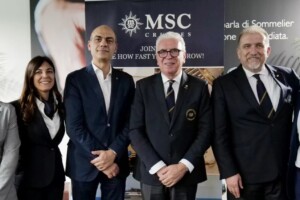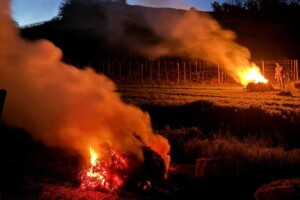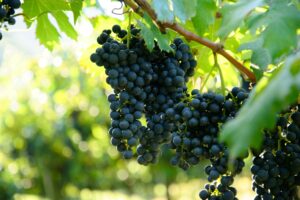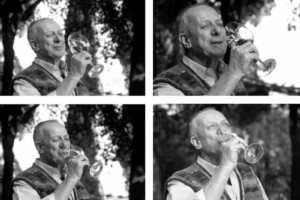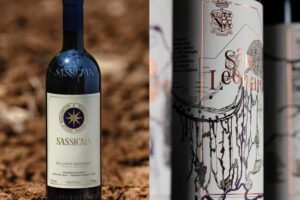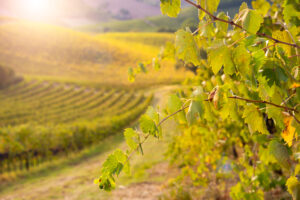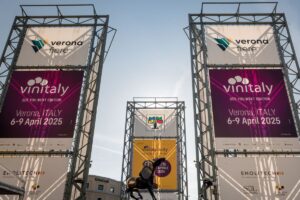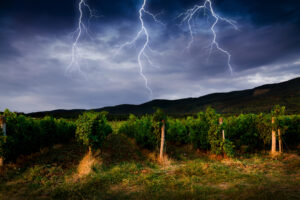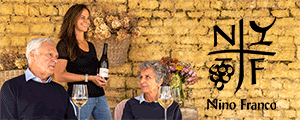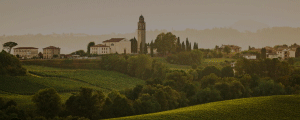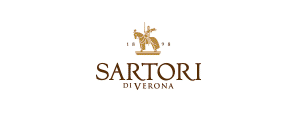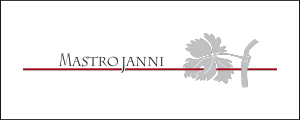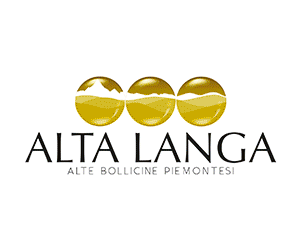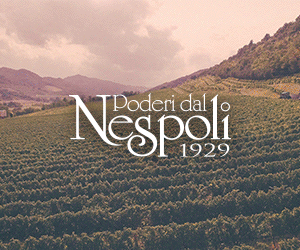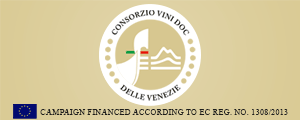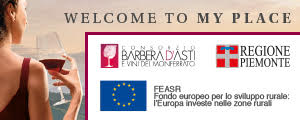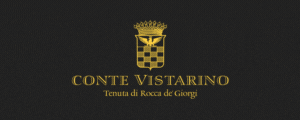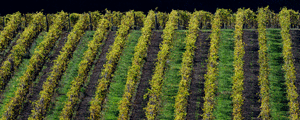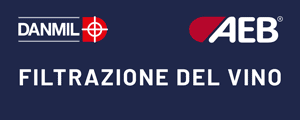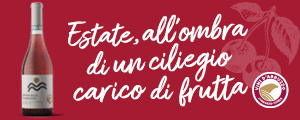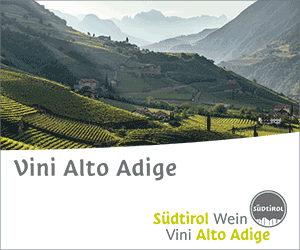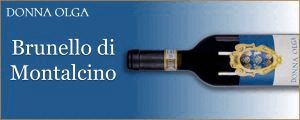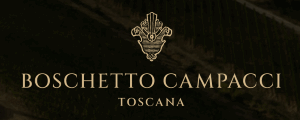As has been the case for years now, no single wine manages to get all the guides dedicated to oenological Italy to agree, looking at the most authoritative, historical, followed and widespread voices of Italian critics, who evaluate wines with more or less homogeneous criteria, at least from an organoleptic point of view. Different discourse, on the other hand, if we look at the wineries awarded, for at least one of their wines, with the highest honors in the various publications. A road that, in our historic year-end “cross-check”, we have chosen to follow, to try to tell a hard core of quality producers, on which most of the guides converge. And, thus, here is Alto Adige’s Cantina Tramin, among the landmarks of the area famous above all for great white wines, Lombardy’s Ca’ del Bosco, one of the brightest stars of Franciacorta, and Tuscany’s Castello di Fonterutoli (Mazzei), which tells a piece of Chianti Classico history, and Luca Sanjust’s Fattoria di Petrolo, flagship of the Valdarno di Sopra appellation: these are the four wineries honored, for at least one of their wines, by the 8 “national coverage” guides, 2023 edition, selected by WineNews, in the usual year-end comparison offered by Italy’s most important genre publications. Beginning with those of the “classic guides” and with greater “seniority of service” (“Vini d’Italia Gambero Rosso”, “I Vini di Veronelli”, “Bibenda” of the Italian Sommelier Foundation, “Guida Essenziale ai Vini d’Italia” by Daniele Cernilli, “Vitae” of sommeliers Ais, Slow Wine), to which, to complete the picture, two guides with a peculiar character were placed side by side in the comparison, the “Vinibuoni d’Italia - Tci” guide (which, by its editorial choice, mainly takes into consideration wines from native grape varieties) and “I migliori 100 vini e vignaioli d’Italia” of the “Corriere della Sera” (edited by Luciano Ferraro and Luca Gardini, a guide that condenses the best of the Italian wine scene, proposing a very restricted selection of wines). A cross-check from which we have chosen to exclude, however, not for less value, but for other reasons, the tastings of Luca Maroni, who follows by his own choice the peculiar concept of “wine-fruit”, and who moreover to publish his “Annuario dei Vini Italiani”, as he himself announced, will have to wait until mid-January 2023. And, playfully, those of the guide of “L’Espresso”, waiting to know its new formula after the change of ownership under the aegis of Bfc Media, with the direction entrusted to Luca Gardini (who, therefore, according to rumors, will leave the guide of the “Corriere della Sera”, ed.), and Andrea Grignaffini (after so many years with director Enzo Vizzari at the helm).
From this WineNews cross-check, which starts from the wines but looks at the wineries, therefore, emerges a limpid result even if, probably, undersized to expectations from the point of view of the number of wineries it indicates. And that it highlights, in addition to the very different evaluation criteria adopted by the various guides, also a strategy of Italian wineries that, compared to the past, do not allocate their samples exactly to everyone. There are a wide variety of reasons for this, but central seems to be the choice of producers to reserve their best wines (usually in small or low print runs, and sometimes stellarly priced) only for a smaller audience of critics than in the past. And, in addition, increasingly favoring, as the market dictates, foreign critics. Because, as is legitimate, looking at an audience of wine enthusiasts that is increasingly broader and more heterogeneous, and that has many more tools than before to inform and orient themselves, it is the wineries themselves, more and more to, decide with whom to dialogue, and to whom to have their wines tasted and reviewed. And not necessarily just the guides, selecting which ones, among the many possible ones. But aiming, perhaps, at realities present exclusively on the web and social, or on this or that magazine. With the producers themselves who, therefore, in some way decide the future of criticism, determining, with their choices, the “weight”, and the future, of those who deal with reviews and judgments.
That said, narrowly missing the “en plein”, managing to convince 7 out of 8 guides among those selected by WineNews, with at least one label, expanding the base of the pyramid of wineries whose production quality is widely rewarded and recognized we find Abruzzo’s Torre dei Beati, Alto Adige’s Falkenstein, Nals Margreid, Cantina Girlan and Cantina Terlano, Lucania’s Cantina del Notaio, Campania’s Marisa Cuomo, Romagna’s Fattoria Nicolucci, Marche’s Umani Ronchi, Piedmont’s Vietti, Vajra, Cavallotto and Pio Cesare, Puglia’s Agricola Vallone, Sicily’s Passopisciaro, Tasca d’Almerita and Donnafugata, Planeta, Tuscany’s Tenuta San Guido (Sassicaia), Poggio di Sotto, Il Marroneto, Castellare di Castellina, Boscarelli and Il Borro, Trentino’s Letrari and Ferrari-Lunelli, Umbria’s Antonelli-San Marco, Valle d’Aosta’s Les Crêtes and Veneto’s Inama, Pieropan, Speri and Tenuta Sant’Antonio.
Totalling “6 out of 8 centers”, on the other hand, placing themselves on a virtual and very broad quality podium, are Abruzzo’s Valentini, Cataldi Madonna, Valle Reale and La Valentina, South Tyrol’s Cantina Bolzano, Produttori San Michele Appiano, Cantina Cortaccia, Muri-Gries, Tiefenbrunner and Manincor, Lucania’s Elena Fucci, Campania’s Di Meo, Rocca del Principe and Villa Raiano, Romagna’s Fattoria Zerbina and Noelia Ricci, Friuli’s Vie di Romans and Marco Felluga-Villa Russiz, Lombardy’s Ar. pe.pe., Barone Pizzini, Il Mosnel and Nino Negri, Marche’s Bucci and Velenosi, Molise’s Di Majo Norante, Piedmont’s Bruno Giacosa, Burlotto, Giovanni Rosso, Sottimano, Bartolo Mascarello, Massolino, Gaja, Giacomo Borgogno e Figli, Angelo Negro, Ceretto, Giuseppe Rinaldi and Domenico Clerico, Puglia’s Vespa, Polvanera and Gianfranco Fino, Sardinia’s Argiolas, Santadi, Fradiles and Contini; Sicily’s Benanti; Tuscany’s Grattamacco, Biondi Santi, Tenuta di Trinoro, Ricasoli, Col d’Orcia, Capezzana, Piaggia, Pietroso, Fuligni, Panizzi, Isole and Olena, Fontodi and Tenuta Setteponti; Trentino’s San Leonardo; Umbria’s Arnaldo Caprai, Tabarrini and Lungarotti; and Veneto’s Tommasi, Allegrini and Tedeschi.
And, by reducing the number of guides to 5 or 4, of course, the parterre of wineries awarded multiple prizes by all of them would grow by leaps and bounds, testifying, in any case, to a great plurality of wine players capable of expressing excellence in their bottles. But if even simply unearthing the wineries that get everyone to agree, in an increasingly complex and articulated oenological picture with its merits but also (in this case) its flaws, has now become a not-so-obvious feat, let alone finding a label capable of being awarded by all the guides we have examined.
And, in fact, as mentioned, again this year, it is not there, although more than one wine came close to achieving the feat. Like Speri’s Amarone della Valpolicella Classico Sant’Urbano 2018, for example, or Donnafugata’s Passito di Pantelleria Ben Ryè 2019, awarded by 7 out of 8 guides. As well as the Romagna Sangiovese Superiore di Predappio Vigna del Generale Riserva 2019 from Fattoria Nicolucci; the Graticciaia 2017 from Agricole Vallone, from Puglia; and the Tuscan Bolgheri Sassicaia 2019 from Tenuta San Guido, I Sodi di San Niccolò 2018 from Castellare di Castellina, Brunello di Montalcino Riserva 2016 from Poggio di Sotto and Brunello di Montalcino Madonna delle Grazie 2017 from Il Marroneto. All the way to Marisa Cuomo’s Costa d’Amalfi Furore Bianco Fiorduva, (although, as has often happened, some guides have considered the 2020 vintage and others the 2021). But no one, once again, makes the clear cut.
Copyright © 2000/2024
Contatti: info@winenews.it
Seguici anche su Twitter: @WineNewsIt
Seguici anche su Facebook: @winenewsit
Questo articolo è tratto dall'archivio di WineNews - Tutti i diritti riservati - Copyright © 2000/2024



